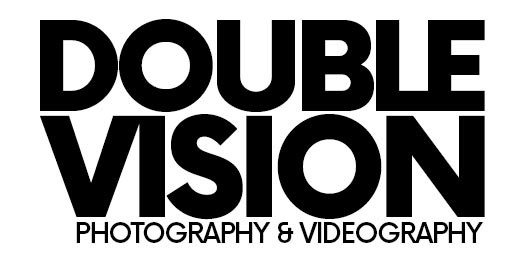FLICKR
Popular Posts
 Creative on a Dark KnightJanuary 16, 2011
Creative on a Dark KnightJanuary 16, 2011 Shopping PainsSeptember 20, 2015
Shopping PainsSeptember 20, 2015 Corrective Kinetics Video & PhotoshootMarch 2, 2013
Corrective Kinetics Video & PhotoshootMarch 2, 2013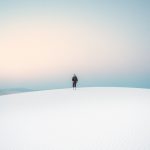 DVP Steps Into The World of VloggingJuly 20, 2016
DVP Steps Into The World of VloggingJuly 20, 2016
-
Recent Posts
Archives
Categories
Interior & Architectural Property Shoot in Pattaya, Thailand
July 10, 2021
We’ve been shooting interior & architectural photography and videography for a number of years now and thought it be an interesting subject for a blog post. We’re going to show you some of the BTS and planning for what’s needed to create this media on a professional level. We’ll include some of our final works we’ve produced for clients to market: luxury, design, branding and lifestyle …and at times all of the above.
View The Full Gallery of Photos Here

Shooting photos and videos of urban landscapes, high-rise architecture and interiors has always been a large part of our portfolio, all are very involved; they have much of the same nuances and characteristics. There is so much more than meets the eye in a final image and how it all comes together not many know how extensive it truly is. I’m sure that most would be surprised to find out the amount of time and work required for: preplanning, staging, lighting, color temperature, composition and logistics.
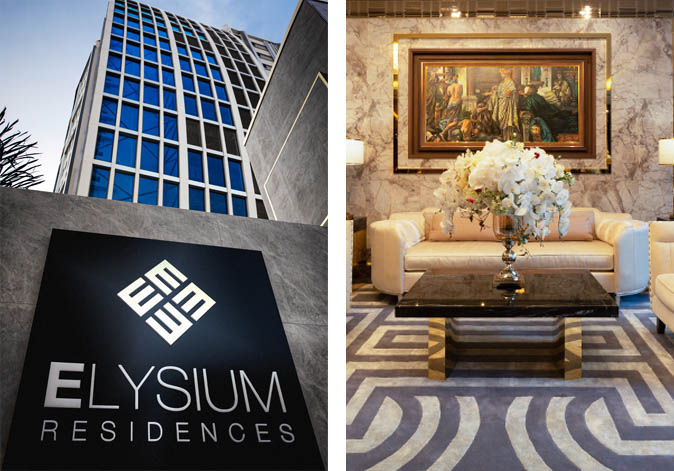
View The Full Gallery of Photos Here
Visit: Elysium Residences Official Website
For retail or commercial real estate shoots the best investment one can make is to have professional media. Quality will always place you above the marketplace competition attracting more leads to generate interest for your property or business to make that sale.
When it comes to photographs a final image should be representative of what is being photographed yet in a marketable way that’s captivating. Nowadays the line is crossed over too often when attempting to balance a sense of fantasy with realism. The goal is to entice the viewers’ needs & dreams without taking the imagery into a surreal delusion.
In the realm of interior and architecture photography there are so many ways to get the shot but what’s crucial to know is what’s the final destination for the image; who and what’s the photo for? For simple shots with a mobile phone you can capture some really nice imagery for memories or sharing to social media for personal or promotional use. The same can be said with DSLR’s or Mirrorless cameras; put on some decent glass (lenses) and you’ll improve the photo even more.
But what if it’s commissioned work for a client’s promotional or marketing campaign what should the process be then? We’ve seen photographers use exactly only what was stated prior. Mind you the term ‘professional photographer’ is used very loosely today (it doesn’t always hold water) not so much on your body of work, but more so if you’re a professional Instagrammer. Nothing to be knocked on having a solid follower base for Instagram or your social media accounts but if you want the job done right it helps to hire someone who’s trained and published in the field.
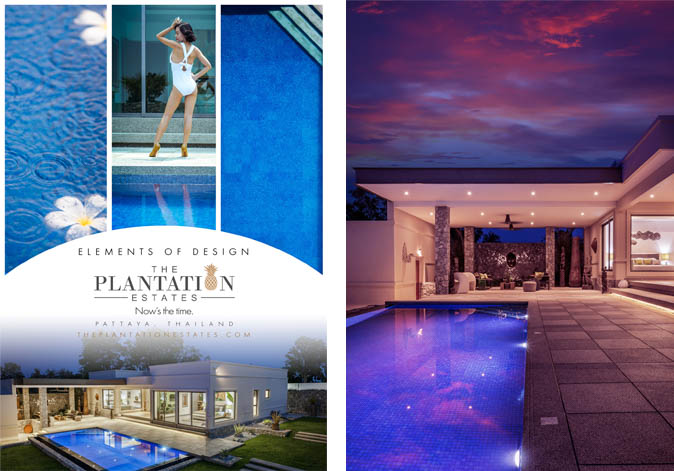

View The Full Gallery of Photos Here
Visit: Plantations Estates Official Website
Our method of approaching a project entails a number of considerations and practices in a way that a client would only expect from professionals. In our experience if we’re invited to shoot a lavish estate, property or commercial architecture we show up with the right tools for the job. There are gigs we’ve been hired to shoot that range from 2 – 4 days in production alone; these are of course high value properties. For projects such as this you need to be able to fill the role of a qualified professional cameraman. Here you’ll be working with creative directors, international models, hair and makeup, production assistants, set designers etc and hey there’ll even be craft services.
We can tell you the pressure is on when these jobs start, your mind and body is completely spent when it’s a wrap. And that’s a wrap for the crew. For us we still have to return to our studio, unload gear, perform quality checks, ingest & backup footage and then the second half of the job begins with post production.
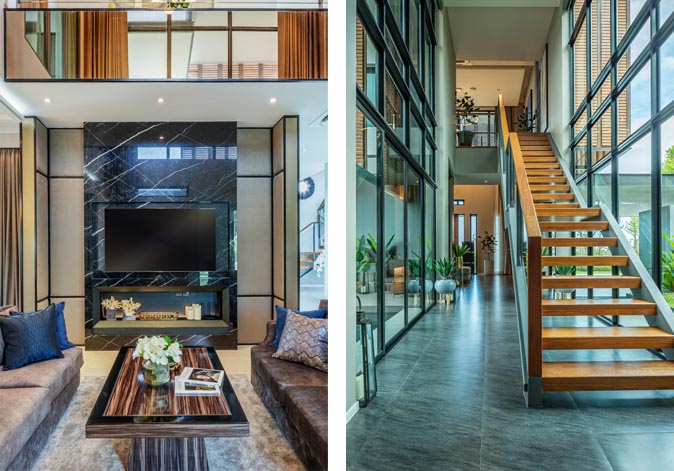
View The Full Gallery of Photos Here
Visit: Prospect Villa Pattaya Official Website
Our typical routine for Interior & Architectural shoots:
Step 1: Pre-Production
Before any shutter button is pushed, lights or tripods set up, we perform a scout of the location this usually takes place 3 to 7 days prior. We do a walk through of the premise to know what needs to be captured and take notes. We look for how many compositions we have as options and which are the best angles. If there are windows we need to know the position of the sun so we shoot at the most opportune time. We need to determine gear, off camera flash placement what different kinds of lights and modifiers can be used.
Pre Productions are critical to complete in order to make a shoot run efficiently.
Step 2: Shoot Day, Cam Gear Prep & Setup
Rather than go through all the items and camera gear we prep I will list the main pieces we use to try not stagnate the flow of this post for those who are not too tech savvy. We try to do our best to only pack what we need but there is nothing wrong with over doing it just to have backup plans and alternatives to shot setups. When on location we always try to find a designated safe and secure area that acts as homebase for keeping things tidy and organized and out of the way.
The most common Camera gear we use is the following:
Canon 5D SR and the Canon 5D MKIII
Lenses : 17 – 40 mm EF f-4L / 70 -200 mm EF f-2.8 L IS II / Sigma 14-24mm f-2.8 DG HSM Art Lens for Canon EF
Manfrotto Tripod 755 XB and head 804RC2
Step 3: Staging, Composition, Exposure & Lighting
Once all the camera gear is set up and ready to go we meticulously go through the scene to make sure all items are in place, props are clean and set, sheets pressed if it’s a bedroom (no, Photoshop doesn’t always correct creases properly). It does a great job but there can cause color smudging or bleeding that does not look presentable. Curtains straightened, windows cleaned, lines flow (placement of furniture, props etc) etc etc. Staging the scene is very time consuming and we always indicate & work with the client to make sure they are aware of what’s needed before we arrive and the owness is on them to make sure all these details are handled. There are always adjustments and it should only be the finishing touches on shoot day.
Now we’re almost ready to shoot and set up for the angles we had agreed to and check for any new ones that may present themselves. Most of the time the angle has already been planned from the Pre Production step with some fine tuning to move in or out, left or right, balanced vertically / horizontally, no lens flares (unless they work), no lens distortion. Then measure exposure for the ambient and finally bring in the lighting and we’re ready to start snapping.
Step 4: Post-Production
When the day is a wrap, all gear packed up and back in studio we take an inventory to make sure everything is in operating condition and no collateral damage has occurred. Then we take out all the cards to start ingesting and backing up the media. A mandatory precaution that should be done asap. Imagine a mishap due to a defective card or losing it, water damage or whatever then trying to explain to the client how you’re going to recoup the cost and the project? Horror stories have been told and they’re nightmares.
Post production begins the following day, it can take days or more depending on the scope of the project. Without seeming to gloss over this step there’s enough material to make a blog post on this process alone for another day. Much of this depends on how each image or video file is going to be edited. Most of the time the client is hiring us for our abilities and the styles we produce. With our photoshop, adobe premier and graphic design skills we’re able to bring the work in line with the clients brand or recreate a new look the customer is requesting.
Final Thoughts
Today’s technology with the likes of the iphone are definitely making things easier and keeps photography fun without being overly complicated. There are people who think big production photography and video will come to be that simple and compact. I’m not so sure it will happen but if it does that’s the way the cookie crumbles. I think that when the average shooter discovers how much work is involved to get the photo or video the proper way of a professional they’re more than happy to stick with their mobile phone.
Hopefully this gives you a better understanding of what our thought process and some of our methods are during these types of shoots. We would be happy to hear your thoughts or if you have any questions on this type of photography let us know below.
Written By Double Vision Photography On July 10, 2021
